Red Borneo Kratom is a unique strain of the Mitragyna speciosa tree, native to the island of Borneo. This tropical...
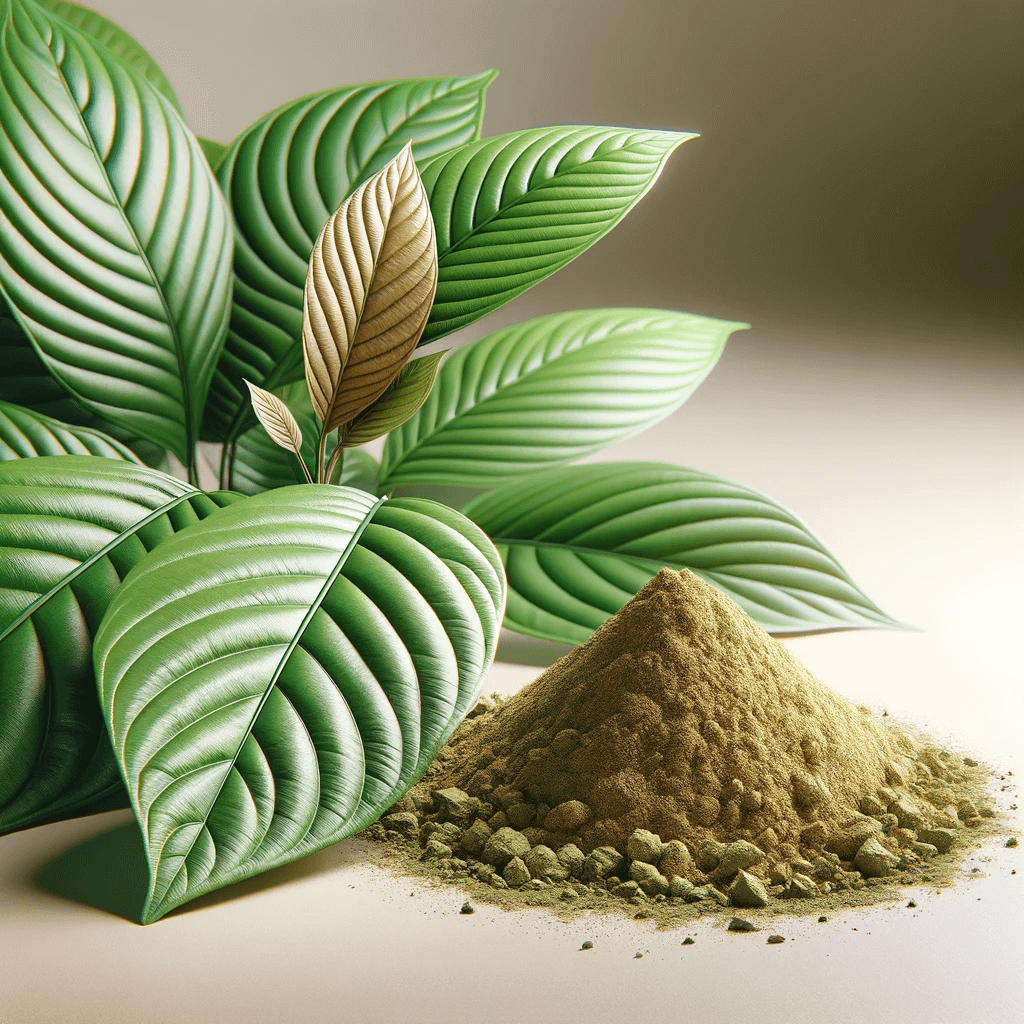
Exploring the Cultural Significance of Kratom in Malaysian Society
Kratom, a tropical tree native to Southeast Asia, has been an integral part of Malaysian culture for centuries. With its unique medicinal properties and rich cultural legacy, Kratom occupies a special place in Malaysian society that is deeply ingrained in the country's history and identity. This article tackles the different cultural significance of Kratom in Malaysia, exploring its historical, social, economic, and modern perspectives in great detail. Tracing Kratom’s extensive experience from ancient traditional uses to its current global standing, we highlight the enduring and adaptable cultural value of this botanical in Malaysia over time. Our exploration culminates in a remarkable product that masterfully distills the essence of Malaysian Kratom into one exemplary offering: Green Malaysian Kratom Powder.
Historical Background of Kratom in Malaysia
Early Use and Traditional Practices
The use of Kratom in Malaysia dates back several centuries, with the earliest records of its consumption by local communities for medicinal and social purposes. Indigenous ethnic groups like the Malays and Orang Asli are known to have used Kratom leaves in traditional settings that were integral parts of their culture. The raw Kratom leaves, freshly plucked from the surrounding forests, were either chewed or brewed into a bitter tea, which offered both stimulating and sedative qualities depending on the carefully controlled dosage. This traditional preparation and consumption of Kratom leaves was a time-honored practice passed down through generations.
Kratom was especially popular among rural farmers and manual laborers in ancient Malaysia. Consuming Kratom provided them with extra energy and stamina to withstand long hours of grueling work under the hot tropical climate. The pain-relieving properties of the plant also helped alleviate the muscle aches resulting from such rigorous physical exertion. During resting periods, Kratom tea was drunk to regain strength. Through these traditional roles, Kratom became entrenched in the daily lives of early Malay communities.
Kratom as a Traditional Treatment
Apart from stimulation and pain relief, Kratom also earned a reputation in Malaysia as a traditional medicinal cure for various ailments. It was an essential component of the naturalistic healing practices that prevailed before modern treatment. Kratom was believed to be an effective remedy for treating fever, intestinal disorders, cough, anxiety, high blood pressure, and many other conditions.
The indigenous tribes applied Kratom for post-partum medicinal care in women. Kratom-based tonics were also administered during childbirth to induce labor pain and speed up delivery. These native healing practices cement Kratom’s status as a traditional Malaysian treatment.
Cultural Evolution of Kratom Practices
Over the centuries, the consumption of raw Kratom leaves evolved into more refined preparations to suit changing cultural practices as Malaysian society modernized. One notable example is the innovative use of dried and powdered Kratom leaves for making ‘Jamu’ – a traditional Malay herbal supplement drink. This creative approach indicated a gradual shift towards seamlessly integrating Kratom into the local food culture as tastes and lifestyles changed. The versatility of Kratom lent itself well to adapting to new recipes and consumption methods while retaining its cultural relevance.
The 19th century witnessed the height of Kratom integration in Malaysian culture through the development of Kratom teas, tinctures, resins, and smoking preparations. Kratom establishments cropped up across Malaysia to meet the growing demand. Despite the cultural evolution in Kratom consumption modes, the foundational role of the plant in Malaysian society persisted.
Cultural Significance of Kratom in Malaysia
Beyond the treatments and recreational applications, Kratom also occupies a greater cultural space in Malaysian society that extends into many aspects of daily life. Its social, religious, and economic symbolism reflects how deeply ingrained Kratom is in the Malaysian consciousness, having become an integral part of local customs, rituals, livelihoods, and more over its long history of use. The cultural significance of Kratom in Malaysia goes far beyond just its chemical properties and practical usage.
Kratom in Social Customs
In rural Malaysian communities, Kratom consumption often takes place in group settings as a communal activity that brings people together. The practice of sharing Kratom tea or chewing leaves together facilitated social bonding through the collective experience. It created opportunities for engaging in local stories, folklore, and lively debate during these sessions. For manual laborers, the after-work ritual of drinking Kratom tea became an entrenched social institution for unwinding and connecting with others after long hours of grueling work.
These customs forged a sense of solidarity among Kratom users, besides enabling them to reap the psychostimulating benefits. The prevalence of Kratom in Malaysian social customs highlights its cultural importance as both a pastime and social glue.
Religious and Spiritual Symbolism
Malay culture bears deep religious and spiritual roots, within which Kratom also found a place through unique symbolic associations. In animistic and folk rituals, Kratom was sometimes utilized as an offering to the supernatural. Shamans and treatment men employed Kratom preparations in healing ceremonies and trance-inducing rites to achieve transcendental states.
Within the Malay Muslim community, Kratom was integrated as part of ceremonial traditions such as kenduri or korban – religious communal feasts. These practices exemplify the spiritual dimensions of Kratom in Malaysian culture.
Economic Impact of Kratom in Malaysia
Beyond its socio-cultural footprint, Kratom has also wielded notable economic influence in Malaysia for long. The cultivation and trading of this plant provide sustenance and livelihood to many in rural Malaysia.
Kratom as a Livelihood
Owing to the enormous local demand, Kratom cultivation thrives across Malaysia as a profitable agricultural activity. For communities with few alternate income sources, Kratom farming is a lifeline. Most Kratom plantations are smallholder operations, generating income for rural households. The easy cultivation, quick harvest cycles, and low labor costs make Kratom farming commercially viable.
Kratom trading is also a booming business in Malaysia. Domestic trade satisfies local demand, while exports cater to the global market. As a result, Kratom exports have emerged as a key economic pillar. The Kratom industry thus creates abundant employment and spurs commercial growth in Malaysia.
Sustainable Cultivation Practices
With the meteoric rise in Kratom farming, Malaysia has emphasized sustainable cultivation methods. This ensures that quality is not compromised for quantity, while also preserving the environmental integrity of forests – the natural habitat of Kratom trees.
Sustainable approaches include using organic inputs, controlled irrigation, ethical harvesting, and fair trade pricing. The Malaysian Kratom Association spearheads efforts to standardize sustainability protocols. Such initiatives indicate that the deep-rooted Kratom industry is also evolving with the times.
Modern Perspectives on Kratom in Malaysia
As Malaysian society continues to modernize, Kratom consumption is also undergoing contemporary transformations even as it retains traditional relevance.
Legality and Acceptance
Earlier, the unregulated Kratom trade raised concerns about substance abuse and quality standards. This led to Malaysia banning Kratom under the Poisons Act in 2003, criminalizing its possession and trade. However, governed by traditional sentiment, Kratom continued to flow under the black market.
Recognizing this cultural significance, Malaysia lifted the blanket ban in 2016 and introduced regulatory legislation. This legalized Kratom within a controlled framework for licensed producers and consumers. The reversal highlighted the government’s acceptance of Kratom as part of Malaysia’s cultural identity.
Emerging Popularity and Uses
Bolstered by its legal status, Kratom has witnessed a resurgence in popularity as a herbal supplement. The younger Malaysian demographic views Kratom more as a medical aid or health booster like ginseng, rather than an addictive substance.
Scientific research on Kratom also evinces its pharmacological benefits for mental clarity, stress relief, managing opioid withdrawal symptoms, chronic pain, and more. This has expanded the user base beyond conventional labor communities to urban millennials.
Café culture has also embraced Kratom in the form of specialty Kratom drinks. Hip Kratom bars have become trendy social hubs. The evolving consumer motivations reflect the dynamic cultural interpretations of Kratom in modern Malaysia.
The Global Kratom Community
As knowledge disseminates globally, Kratom has gained international cognizance as an ethnobotanical marvel and wellness product. A thriving transnational culture has emerged around Kratom. Online Kratom communities allow enthusiasts worldwide to discuss experiences, research, latest developments, etc.
International conferences are also held to share perspectives on Kratom. User surveys span various countries. This global Kratom culture signifies that the plant’s traditional medicinal wisdom has transcended geographical boundaries. Yet, its heart remains in Malaysian culture.
Accepting the Essence of Malaysian Kratom
The passage of Kratom through history in Malaysia reveals an enduring cultural experience from its ethnomedical mystique to a modern botanical identity. Despite legal ups and downs, Kratom prevails as a mainstay of Malaysian heritage. For an authentic taste of this legacy, Green Malaysian Kratom Powder is an ideal choice.
Sourced from mature Malaysian Kratom trees through specialized methods, the powder’s rich alkaloid profile offers a quintessential Kratom experience. It balances traditional wisdom and contemporary quality standards. So embrace the centuries-old Malaysian Kratom tradition with this exquisite product and check out Speakeasy Kratom for your Kratom needs.
Disclaimer: Kratom is a botanical substance that has traditionally been used in Malaysian culture for centuries. However, Kratom is not approved for any medical use or health claim by the U.S. Food and Drug Administration. The information provided in this article on Kratom is for educational purposes only and is not intended to diagnose, treat, cure, or prevent any disease or medical condition. The content does not suggest using Kratom will lead to any promised outcomes or benefits. Consult your doctor before using Kratom or introducing any herbal supplements into your health regimen. The legality and risks associated with Kratom may differ based on your country/region. Use caution, moderation, and responsibility when choosing to use any substances.
Frequently Asked Questions
Q1: How long has Kratom been used in Malaysia?
A1: Kratom has been used in Malaysia for several centuries, with the earliest records of its use by indigenous ethnic groups like Malays and Orang Asli.
Q2: What are the traditional uses of Kratom in Malaysia?
A2: Traditionally, Kratom was used by rural laborers for extra energy and pain relief. It was also used as a treatment for fever, intestinal issues, cough, high blood pressure, and more by indigenous tribes.
Q3: How was Kratom traditionally consumed in Malaysia?
A3: Raw Kratom leaves were either chewed or brewed into a bitter tea using traditional preparation methods passed down from earlier generations. The specific dosage of raw leaves consumed determined whether the overall effect was stimulating and energizing or more sedating and relaxing. This demonstrated the intrinsic understanding these indigenous peoples had of Kratom's nuanced properties and optimal use based on carefully controlling the amount used.
Q4: How did Kratom consumption practices evolve?
A4: From raw leaves, Kratom consumption evolved into using dried leaves for jamu drinks. In the 19th century, teas, tinctures, resins, and smoking preparations became popular.
Q5: What is the cultural significance of Kratom in Malaysia?
A5: Kratom has extensive social, religious, economic, and medicinal cultural significance in Malaysia. It is deeply ingrained in local traditions, rituals, folk remedies, and other long-standing practices that are core parts of Malaysian heritage. The Kratom trade also provides crucial income and livelihoods to many rural communities engaged in the cultivation, harvesting, and sale of this botanical. The cultural identity of Kratom spans the social, spiritual, financial, and health aspects of Malaysian society on multiple levels.
Q6: When and why was Kratom banned in Malaysia?
A6: Concerns over substance abuse led Malaysia to ban Kratom in 2003 under the Poisons Act, although traditional use continued illicitly.
Q7: What led to the legalization of Kratom in Malaysia again?
A7: The cultural significance of Kratom led the government to lift the blanket ban in 2016 and introduce regulation instead.
Q8: How is Kratom perceived today in Malaysia?
A8: It is growing in popularity as a herbal supplement, supported by research on benefits. Urban youth see it as a health aid.
Q9: How has Kratom culture gone global?
A9: Enthusiasts worldwide exchange information online through dedicated Kratom forums, social media groups, and subreddit communities. These digital platforms enable experienced users and novices alike to discuss Kratom experiences, the latest research, legal developments, and more. International conferences also enable global perspectives sharing, where Kratom advocates and experts from Malaysia, Southeast Asia, and beyond can come together. These in-person events allow robust discourse and idea exchange on taking Kratom culture to the next level globally.
Q10: What is Green Malaysian Kratom Powder?
A10: It is a premium quality Kratom powder made from Malaysian Kratom trees through specialized harvesting and processing methods to offer an authentic, high-potency Kratom experience. Speakeasy Kratom offers this exclusive Green Malaysian Kratom powder, sourced directly from the fertile lands of Indonesia through fair trade practices that support local farming communities. As a distinguished vendor, Speakeasy Kratom is dedicated to providing customers with only the finest Kratom products that honor the beloved botanical roots.

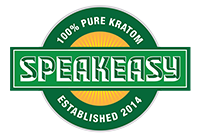
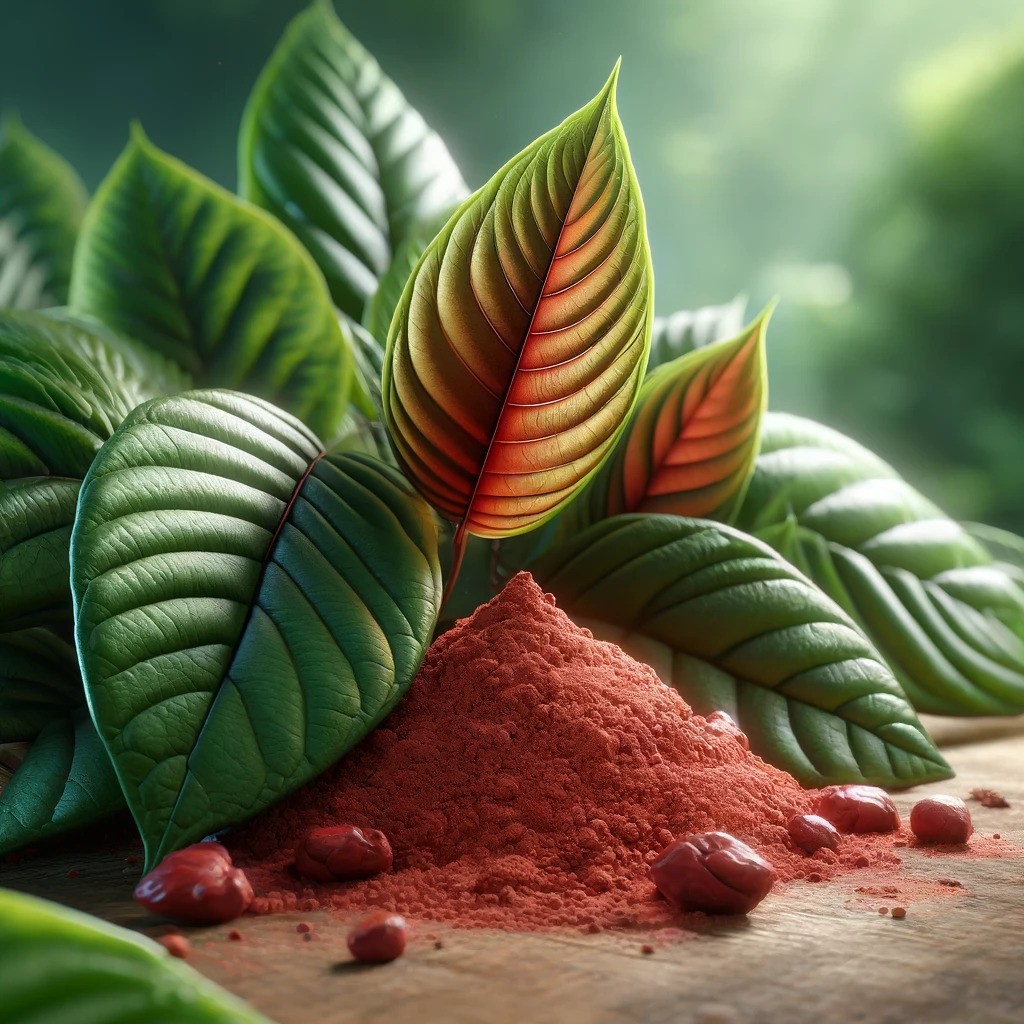
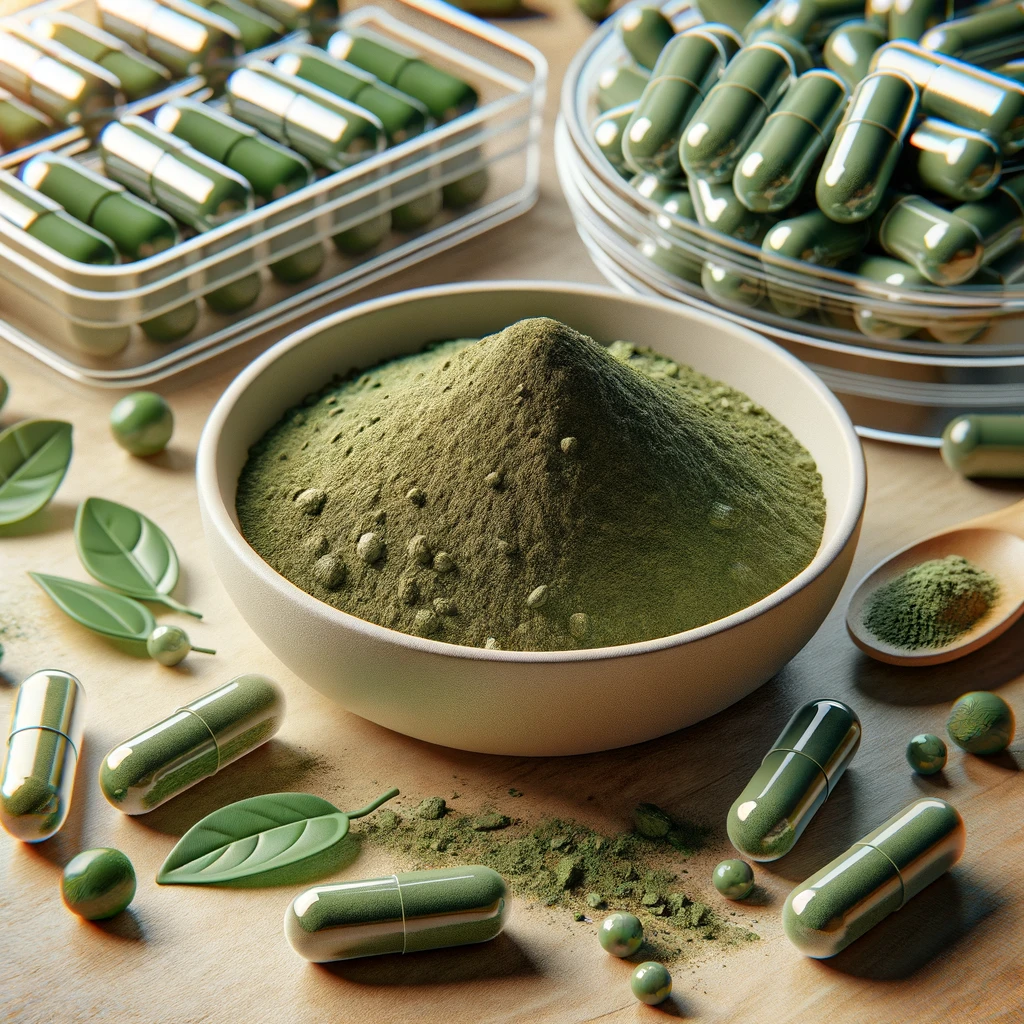
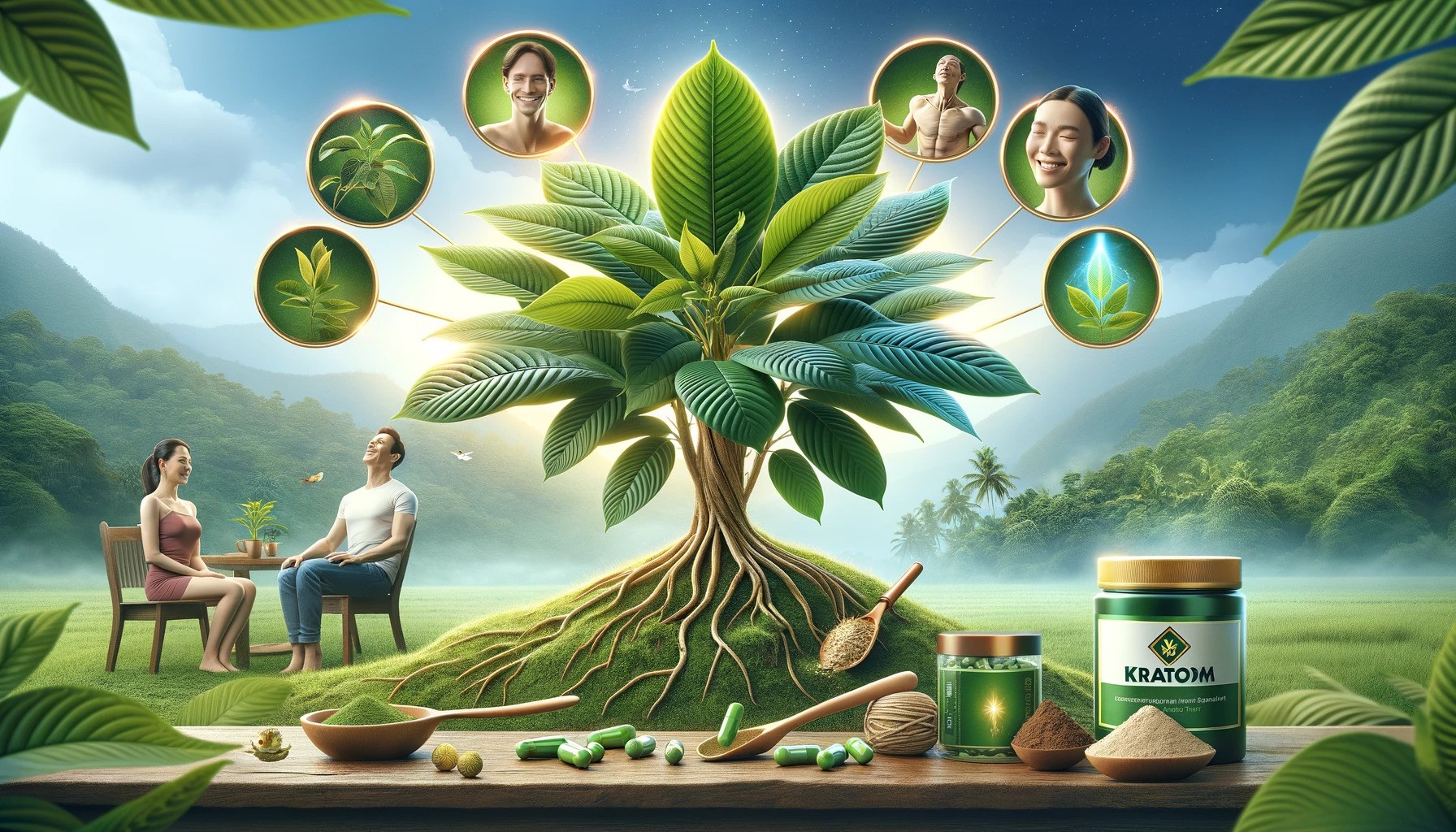

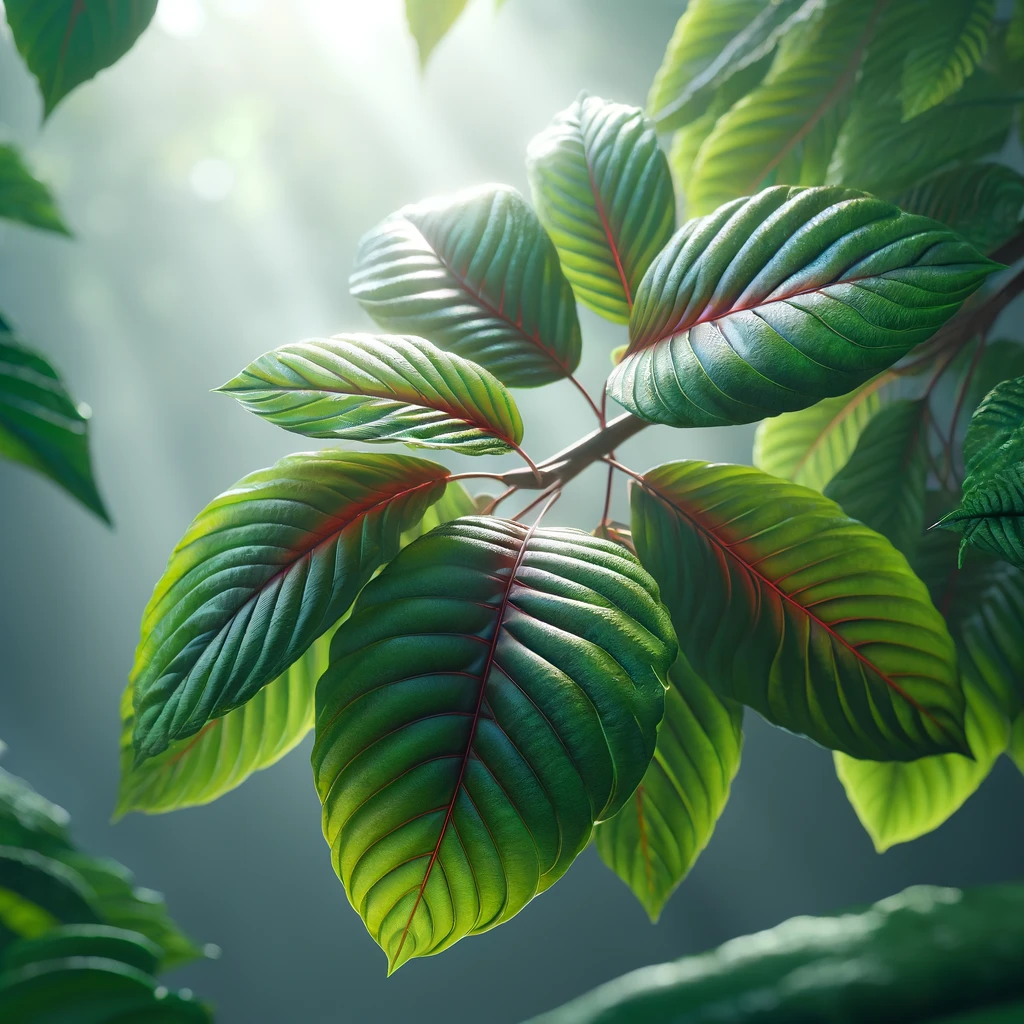
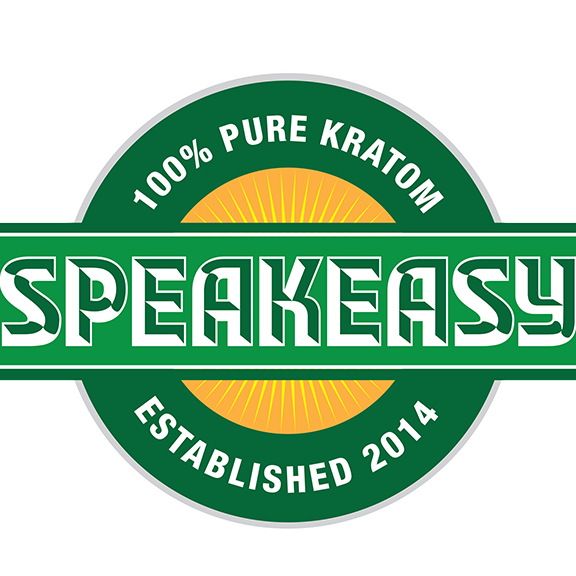
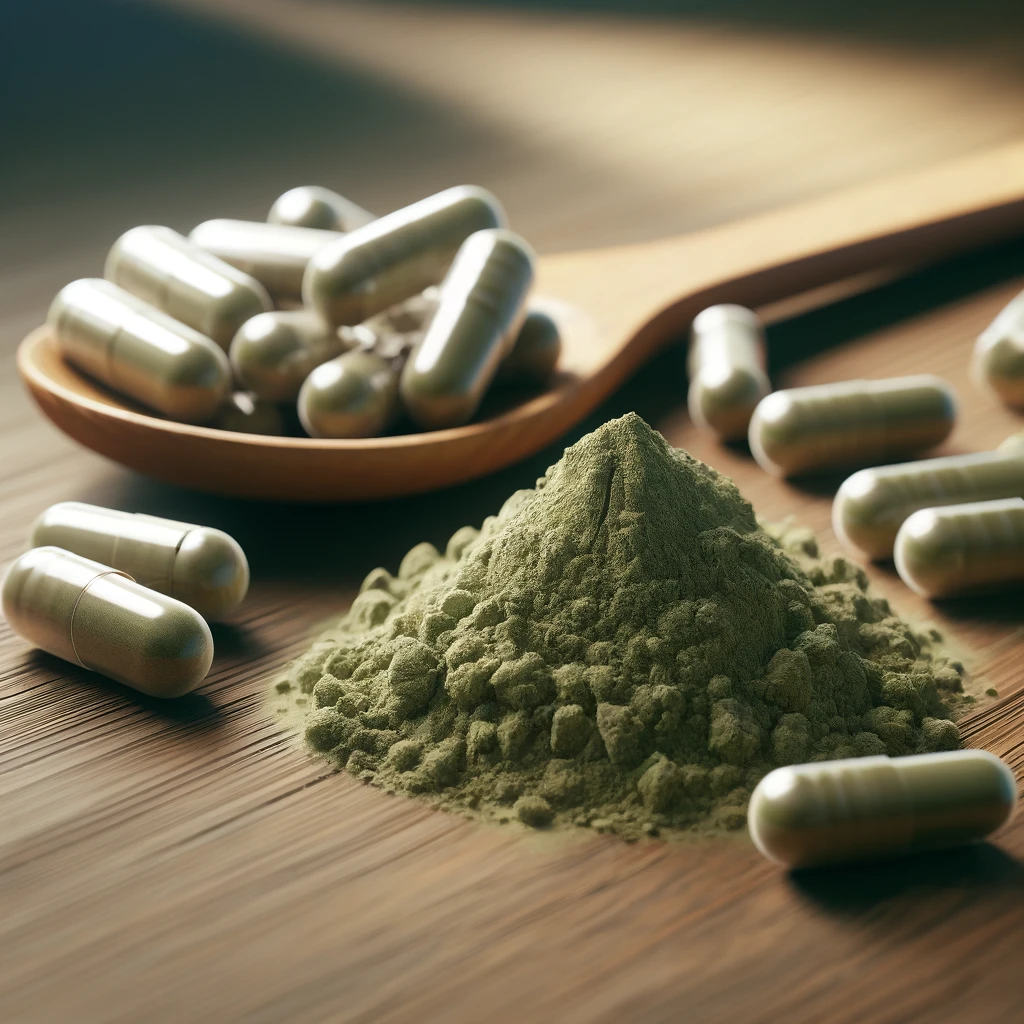
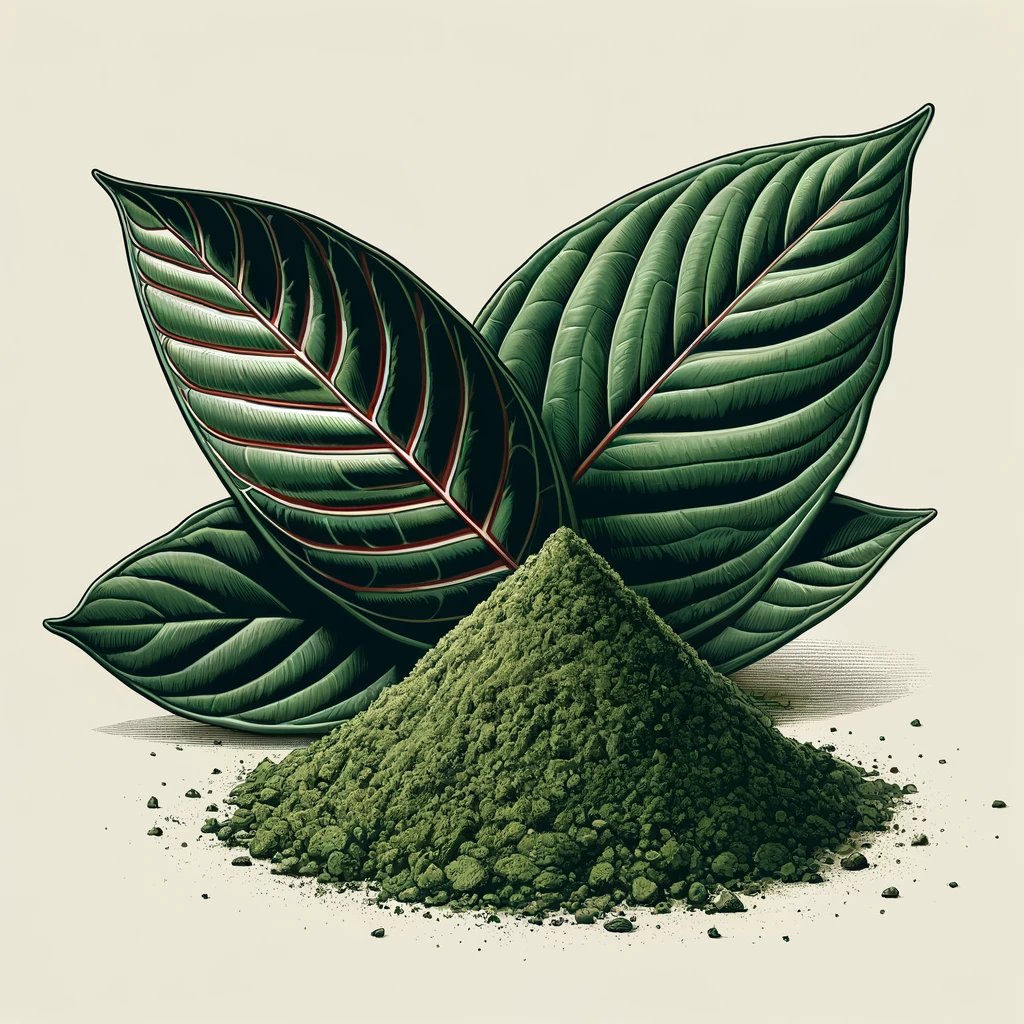

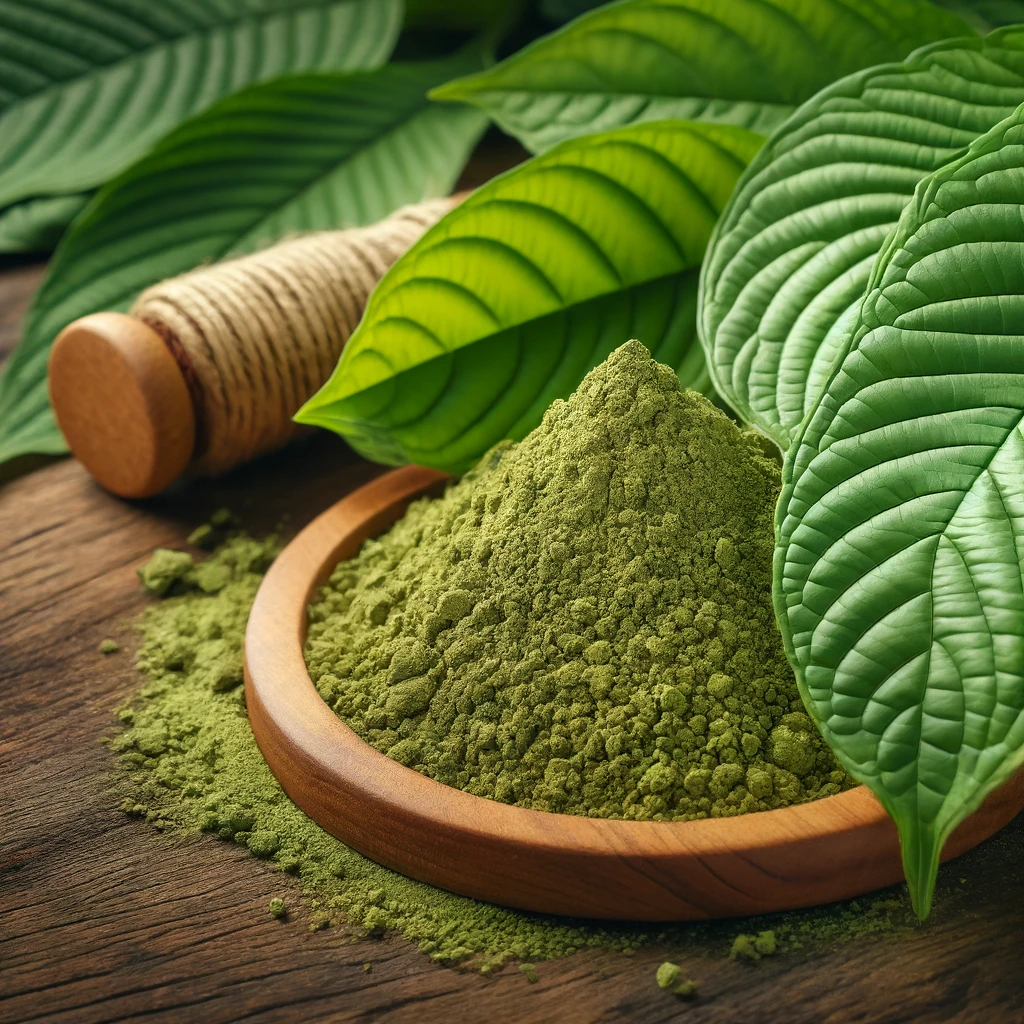
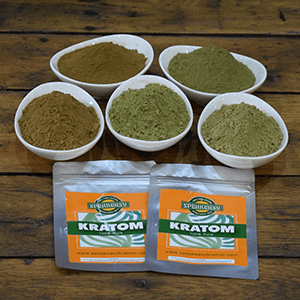

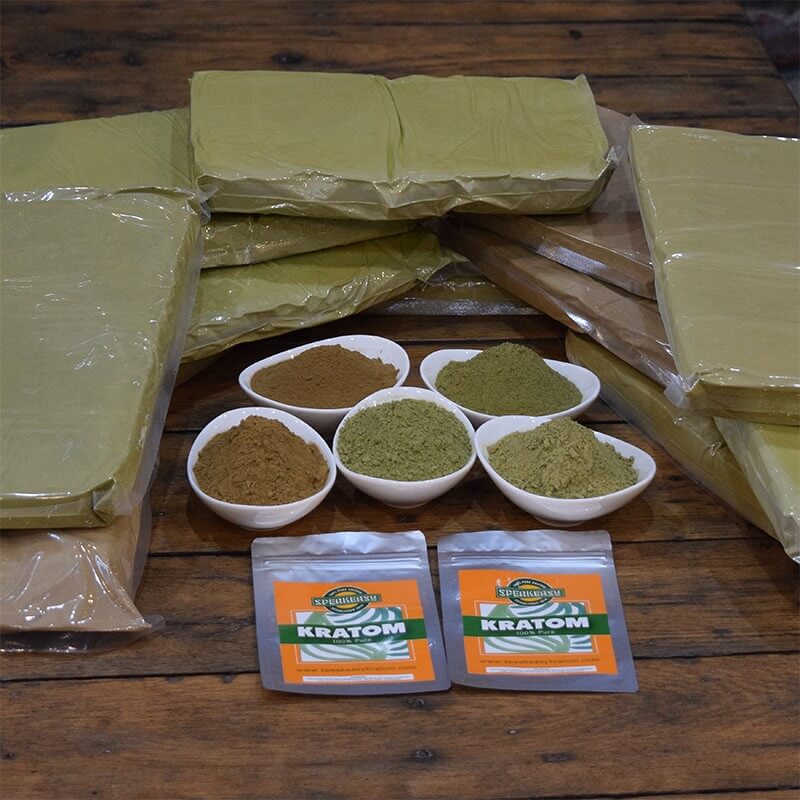
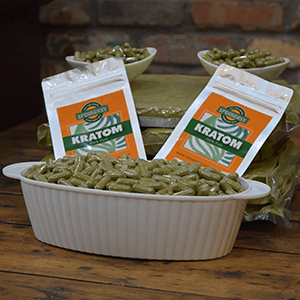
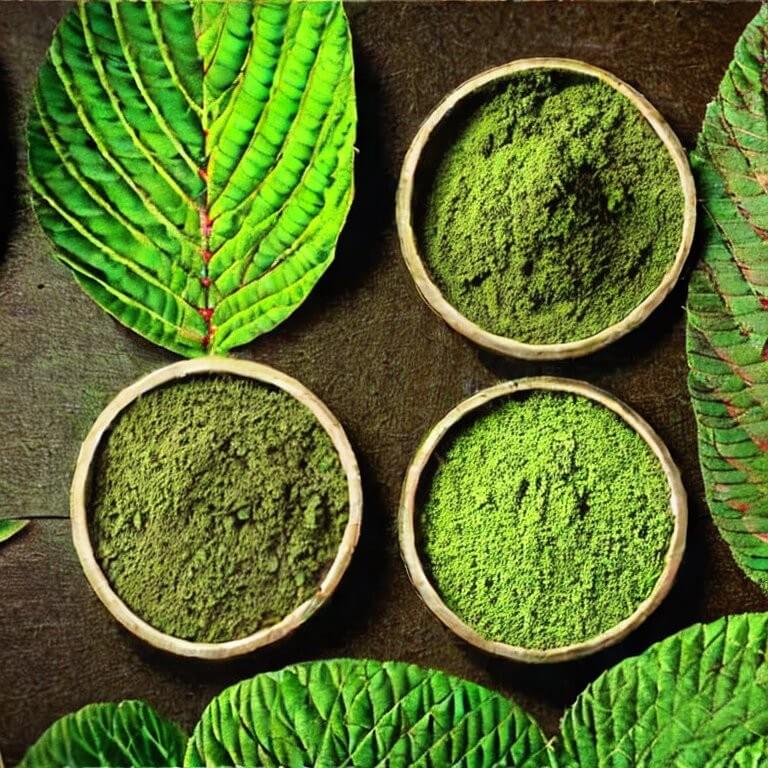
Leave a comment